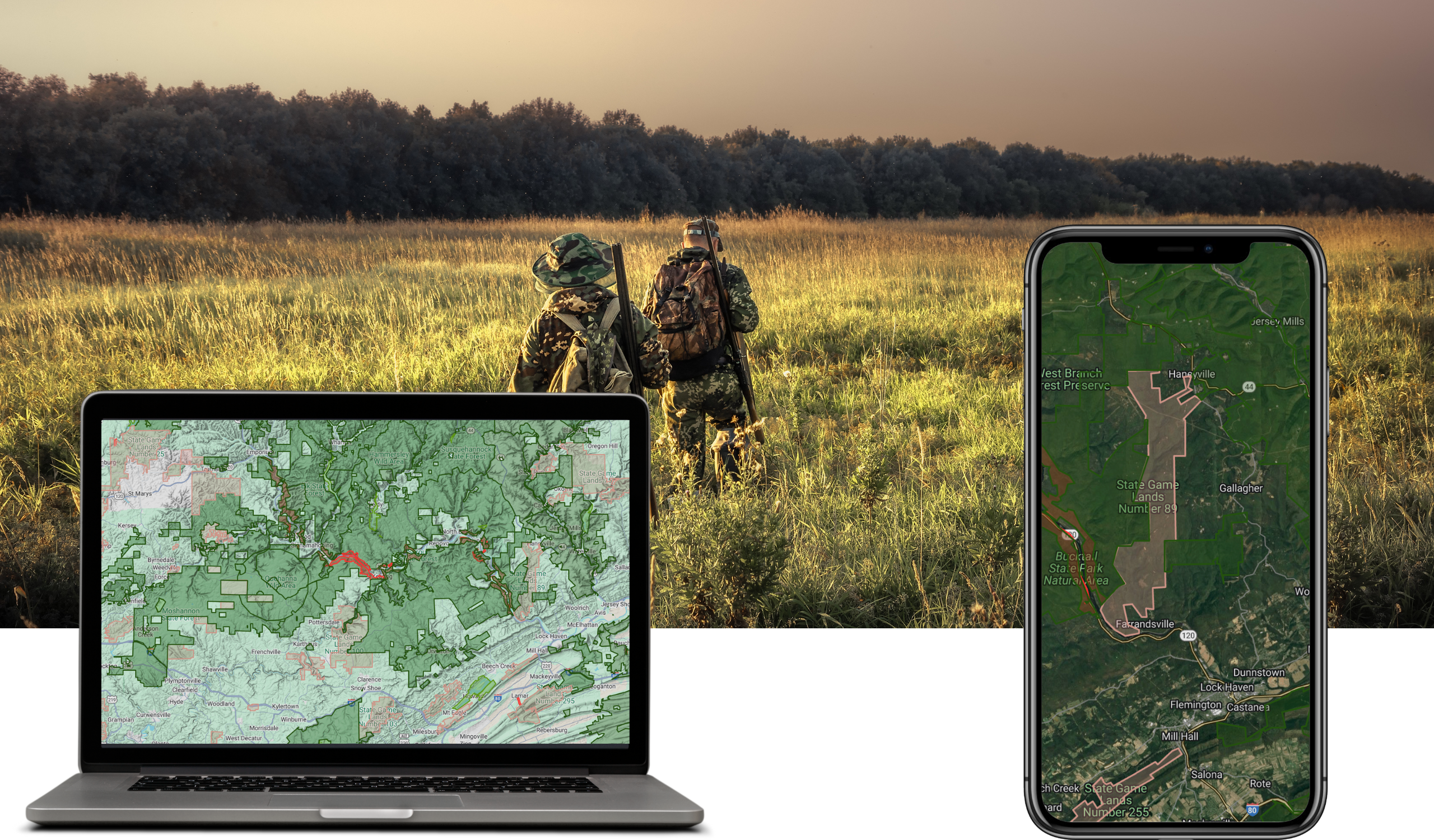If you’ve spent any time in the backcountry lately—especially in northern or central California—you’ve probably noticed the same thing the biologists have: black bears are showing up in more places, more often. Whether it’s tracks along a high ridge, scat near a trailhead, or the telltale bark-scratches on a cedar tree, bear signs are on the rise.
That’s why the California Department of Fish and Wildlife (CDFW) just released its first-ever statewide Black Bear Conservation and Management Plan. It’s a big deal—and not just for the scientists. If you’re a hunter, this new plan affects you too.
Here’s what you need to know.
Bear Populations Are Expanding
Let’s start with the basics: California’s black bear population isn’t just stable—it’s growing. According to the CDFW, black bears now roam across more than half the state, from the Sierra Nevadas to the North Coast and even down into Southern California. Over the last few decades, bear range has expanded into areas where they weren’t traditionally found.
That might sound like good news, and in some ways it is. But more bears also mean more challenges: more human-wildlife conflicts, more risk of property damage, and more management decisions on the table. And if we don’t stay ahead of it, the state could default to reactionary policies—like shutting down hunting seasons instead of adjusting them thoughtfully.
A Science-Based Roadmap
The new bear plan isn’t about making headlines. It’s about building a long-term, science-based roadmap for managing California’s bears. It’s 200+ pages of data, goals, and strategies focused on six key areas:
- Population monitoring – Better tracking of bear numbers and health
- Habitat conservation – Protecting and improving the places bears rely on
- Human-bear conflict response – Handling encounters smartly and safely
- Hunting management – Using hunting as a tool for balance
- Research and data collection – Filling in the gaps we still don’t understand
- Collaboration with Tribes and stakeholders – Respecting Indigenous knowledge and involving hunters, landowners, and the public
Importantly, this isn’t just a state agency working in a vacuum. The plan includes input from tribal communities, wildlife experts, and hunters. That’s key—because when decisions are made without input from the field, they rarely hit the mark.
What It Means for Hunting
Let’s get down to brass tacks. What does this plan mean for those of us who put boots on the ground and spend our fall chasing bears?
Right now, California doesn’t have a spring bear season, and recent years have seen increased pressure from anti-hunting groups to limit fall hunting too. This plan doesn’t make any immediate changes to hunting regs—but it lays the groundwork for future adjustments based on real data, not emotion or politics.
That could include:
- Reevaluating tag quotas if population numbers warrant it
- Adjusting hunting zones based on bear density
- Creating better reporting systems for harvested bears (including age, sex, and location data)
- Using hunters as partners in data collection and monitoring
In short: this plan might not open new seasons or boost tags overnight, but it gives us a seat at the table and puts structure around bear management that includes hunting as a valid and necessary tool.
Why It Matters
Without a structured plan, California’s bear management could easily slide into the kind of disorganized, knee-jerk restrictions we’ve seen in other states. We’ve all watched game commissions make decisions based on optics, not biology. That’s not conservation—that’s politics.
This new plan is a step in the right direction. It’s proactive, science-driven, and gives CDFW tools to track bear populations and respond with informed decisions. But here’s the catch: it doesn’t go far enough when it comes to recognizing the role of hunters.
California has a strong, growing bear population—and a hunting community ready to help manage it. But too often, our voices are drowned out by loud opposition that’s more interested in banning hunting than solving real problems. If we’re not at the table, we’ll end up on the menu.
Platforms like Hunterizer help change that. It’s a way for hunters to stay informed, track trends, and support ethical harvest practices rooted in real data. It’s about showing that we care about wildlife health—and that we’re ready to be part of the long-term solution.
If you haven’t already, check out the interview we did with Heather Hadwick on AB 1038 and what it means to keep bears wild. It’s a smart, honest take from someone who knows rural California firsthand and isn’t afraid to speak up for common-sense wildlife policy.
Stay Informed, Stay Engaged
California isn’t an easy place to hunt bears. The regulations shift, access can be limited, and anti-hunting voices carry weight in Sacramento. But that’s exactly why this moment matters.
If we want to protect and improve bear hunting opportunities, we can’t sit on the sidelines. Hunters need to be part of the conversation—and that starts with staying informed and showing up.
Here’s what you can do:
- Read the full plan here
- Watch for public comment periods—and speak up when they come
- Support local hunting and conservation groups that engage with CDFW
- Use Hunterizer to stay current on issues, trends, and wildlife management updates
We may not agree with every part of the state’s plan, but we support their effort to build a system based on science—not slogans. Now it’s time to make sure hunting has a clear, permanent role in that system.
Final Thoughts
The release of this plan doesn’t change things overnight. But it’s a chance to shape what comes next—and that includes pushing for stronger recognition of bear hunting as a vital management tool.
As hunters, we’ve always understood that conservation and harvest go hand in hand. This plan opens the door—but it’s up to us to walk through it. Let’s stay engaged, stay informed, and keep working to protect bear hunting in California for generations to come
